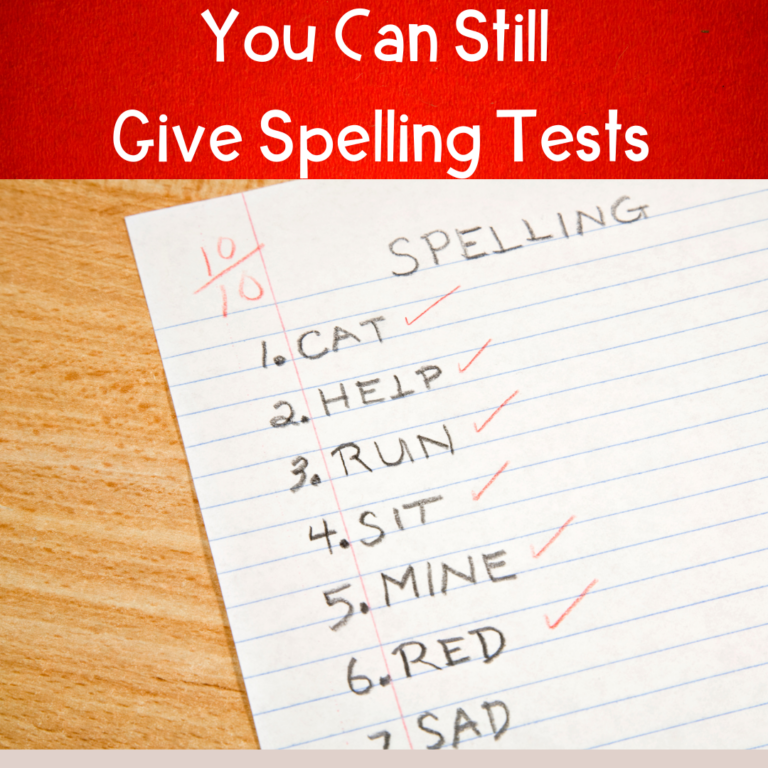
Share This:
Today, I want to keep it simple. When you first learn about the Science of Reading, it can be overwhelming. (Been there, done that, maybe cried a bit.) There is SO MUCH information, and much of it we never saw in our pre-service programs. So today, I’m simplifying some terms. Let’s talk about 10 essential phonics terms.
I do not expect my children to know all of these terms. I use proper terminology when appropriate, but I’m more worried about them learning to read that I am about whether or not they know the definition of a grapheme. I hope you’ll use this blog as a reference point for key phonics terms for your own knowledge.

2. Grapheme: The letter or letters that represent a phoneme. A grapheme is the representation of a single sound. It can be one letter (/n/ = n) or multiple letters (/i/ = igh). Although there are 44 phonemes, there are about 250 possible graphemes to represent those sounds.

3. Morpheme: A morpheme is the smallest meaning unit in a language that cannot be divided any further. The key thing to remember about morphemes is that they are inextricably linked to meaning. So while -ed can represent 3 separate sounds, it is always spelled -ed to preserve the meaning (past tense).

4. Consonant: A sound that is made when the air is blocked in some way by the lips, tongue, or teeth.

5. Vowel: A sound that is made when your mouth is open. The sound can be held as long as you have breath.

6. Syllable: A syllable is a speech sound defined by the opening and closing of your mouth to make a vowel sound. English has 6 basic syllable types: open, closed, magic e, r-controlled, vowel teams, and consonant + le.

7. Onset: The onset is the initial letter or letters in a syllable leading up to the vowel. It can be a single consonant, digraphs, or a blend. All syllables do not have an onset.

8. Rime: The rime is the vowel and all the letters following it in a syllable. All words must have a rime unit.

9. Digraph: When two consonants represent a single sound, it is called a digraph. Ch, sh, th, and wh are all digraphs.

10. Blend: When two or more consonants are next to each other in a syllable, but keep their own sound, it is a blend.

As you continue to navigate the world of structured literacy, remember this blog post. Come back to it when you find yourself uncertain about any of the terms.
Do you have any words you want definitions of? Comment them below!
Share This:

Savannah Campbell is a K-5 reading specialist. She has taught her entire 12-year teaching career at the school she went to as a child. She holds two master’s degrees in education from the College of William and Mary. Savannah is both Orton-Gillingham and LETRS trained. Her greatest hope in life is to allow all children to live the life they want by helping them to become literate individuals.

Savannah Campbell is a K-5 reading specialist. She has taught her entire 12-year teaching career at the school she went to as a child. She holds two master’s degrees in education from the College of William and Mary. Savannah is both Orton-Gillingham and LETRS trained. Her greatest hope in life is to allow all children to live the life they want by helping them to become literate individuals.
Feeling overwhelmed with all the terminology out there? Want to know the key terms all teachers need to teach phonics? In this FREE Rules of English cheat sheet, you get a 5 page pdf that takes you through the most important terms for understanding English—you’ll learn about digraphs, blends, syllable types, syllable divisions, and move. Grab today and take the stress out of your phonics prep!
